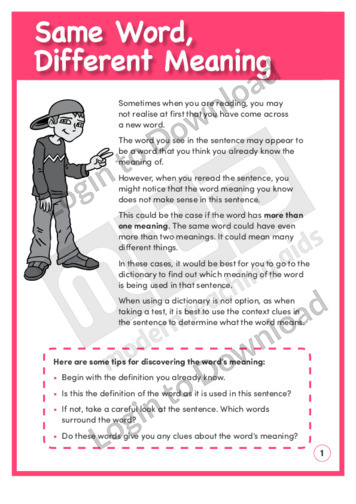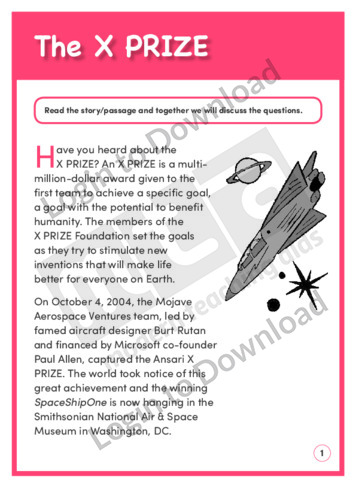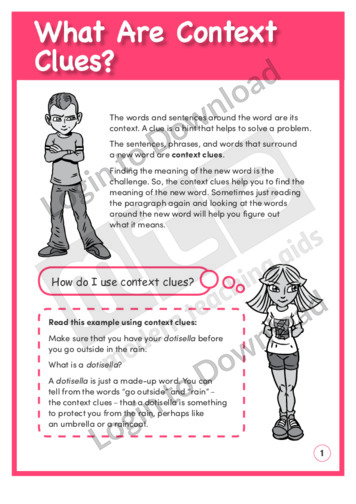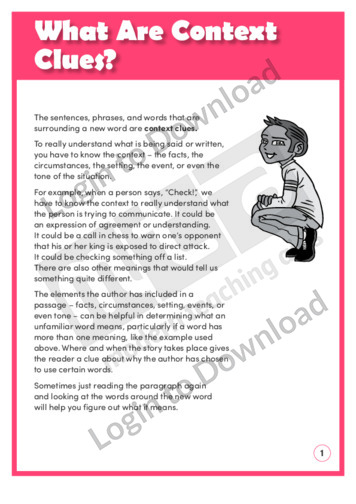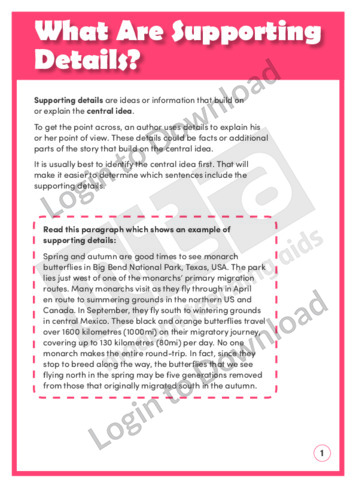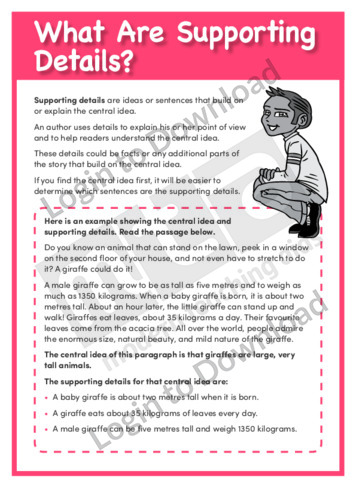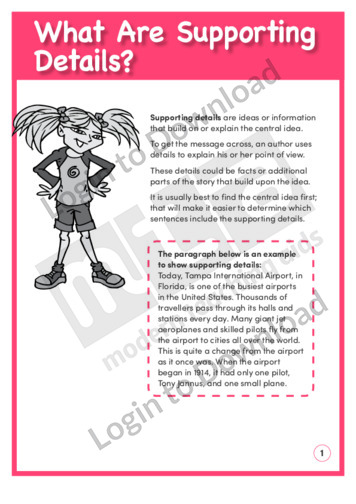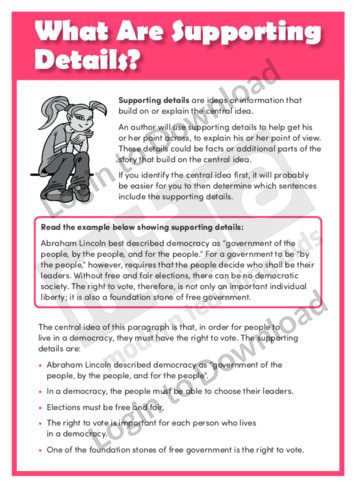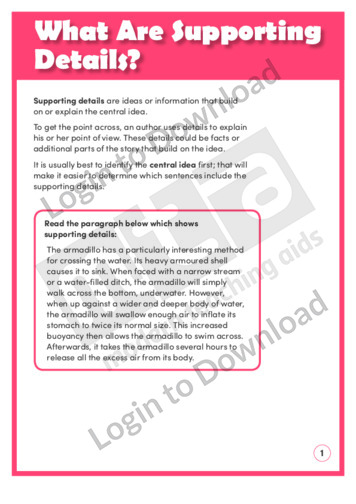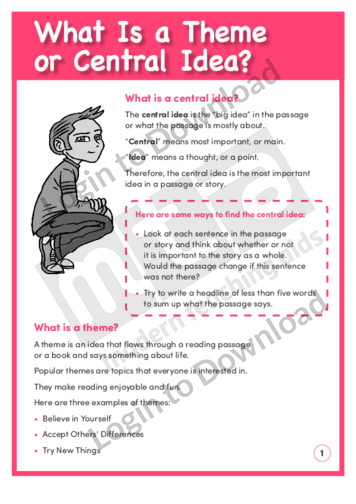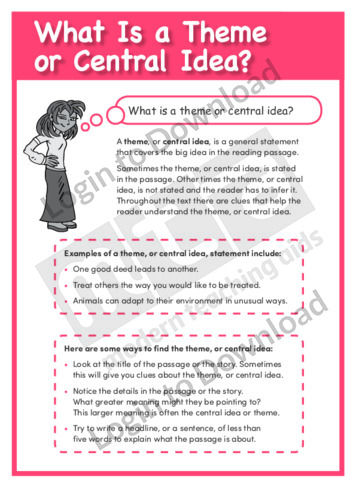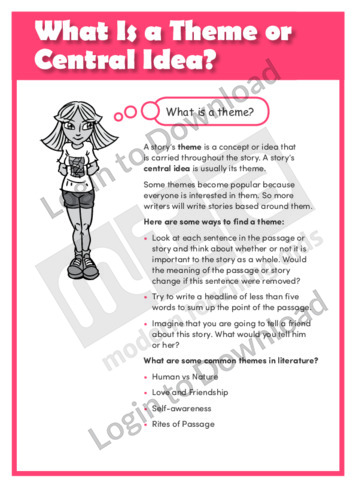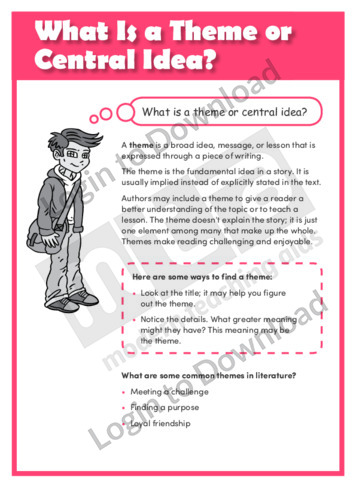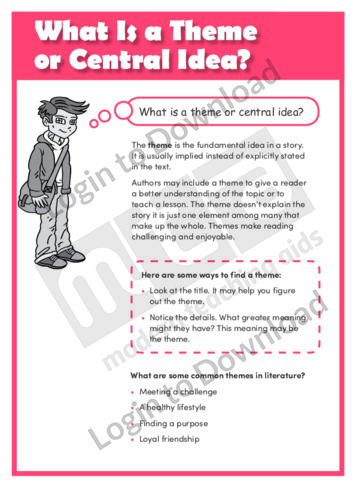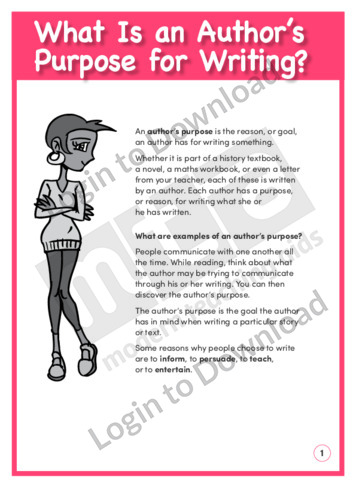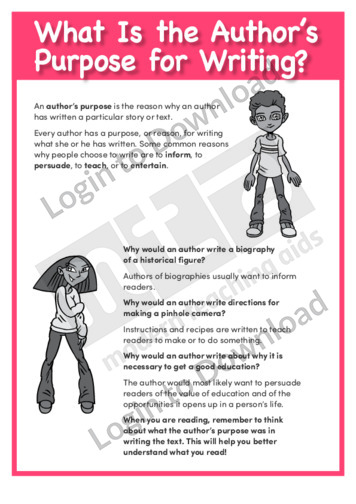This quick reference chart ‘Same Word, Different Meanings’ helps students with homonyms. It encourages students to look critically at words and to use context clues in order to ascertain their particular meaning. In this case, the various definitions of the words ‘club’ and ‘fine’ are examined.
This author’s purpose exemplar ‘The X PRIZE’ shows students how to identify the author’s purpose for writing this passage. It uses a practical example to introduce students to the principles of why authors write – to persuade, entertain, inform or teach – in order to gain a deeper understanding of the purpose of each text, …More
This quick reference chart ‘What Are Context Clues?’ helps students to find the meaning of new words. It encourages students to look critically at words in order to ascertain their particular meaning in context.
This quick reference chart ‘What Are Context Clues?’ supports students to use various strategies to find the meaning of new words. It encourages students to look critically at words in order to ascertain their particular meaning in context and provides examples for students to practise.
This quick reference chart ‘What Are Supporting Details?’ helps students to identify the supporting details in a story. It is aimed at introducing students to the principles of deconstructing texts in order to gain a deeper understanding of their purpose.
This quick reference chart ‘What Are Supporting Details?’ helps students to identify the supporting details in a story. It is aimed at introducing students to the principles of deconstructing texts in order to gain a deeper understanding of their purpose.
This quick reference chart ‘What Are Supporting Details?’ helps students to identify the supporting details in a story. It is aimed at introducing students to the principles of deconstructing texts in order to gain a deeper understanding of their purpose.
This quick reference chart ‘What Are Supporting Details?’ helps students to identify the supporting details in a story. It is aimed at introducing students to the principles of deconstructing texts in order to gain a deeper understanding of their purpose.
This quick reference chart ‘What Are Supporting Details?’ helps students to identify the supporting details in a story. It is aimed at introducing students to the principles of deconstructing texts in order to gain a deeper understanding of their purpose.
This quick reference chart ‘What Are Supporting Details?’ helps students to identify the supporting details in a story. It is aimed at introducing students to the principles of deconstructing texts in order to gain a deeper understanding of their purpose.
This quick reference chart ‘What Is a Theme or Central Idea?’ helps students identify a story’s central idea or theme. It is aimed at introducing students to the principles of deconstructing texts in order to gain a deeper understanding of their purpose.
This quick reference chart ‘What Is a Theme or Central Idea?’ helps students identify a story’s central idea or theme. It is aimed at introducing students to the principles of deconstructing texts in order to gain a deeper understanding of their purpose.
This quick reference chart ‘What Is a Theme or Central Idea?’ helps students identify a story’s central idea or theme. It is aimed at introducing students to the principles of deconstructing texts in order to gain a deeper understanding of their purpose.
This quick reference chart ‘What Is a Theme or Central Idea?’ helps students identify a story’s central idea or theme. It is aimed at introducing students to the principles of deconstructing texts in order to gain a deeper understanding of their purpose.
This quick reference chart ‘What Is a Theme or Central Idea?’ helps students identify a story’s central idea or theme. It is aimed at introducing students to the principles of deconstructing texts in order to gain a deeper understanding of their purpose.
This understanding text exemplar ‘What Is an Author’s Purpose for Writing’ shows students how to identify the purpose of an informational text. It is aimed at introducing students to the principles of why authors write – to persuade, entertain, inform or teach – in order to gain a deeper understanding of the purpose of each …More
This quick reference chart ‘What Is the Author’s Purpose for Writing?’ explains that authors write to inform, teach, entertain or persuade. It is aimed at introducing students to the principles of why authors write – to persuade, entertain, inform or teach – in order to gain a deeper understanding of the purpose of each text.
This quick reference chart ‘What Is the Theme or Central Idea?’ helps students identify a story’s central idea or theme. It is aimed at introducing students to the principles of deconstructing texts in order to gain a deeper understanding of their purpose.
It�s that easy!

